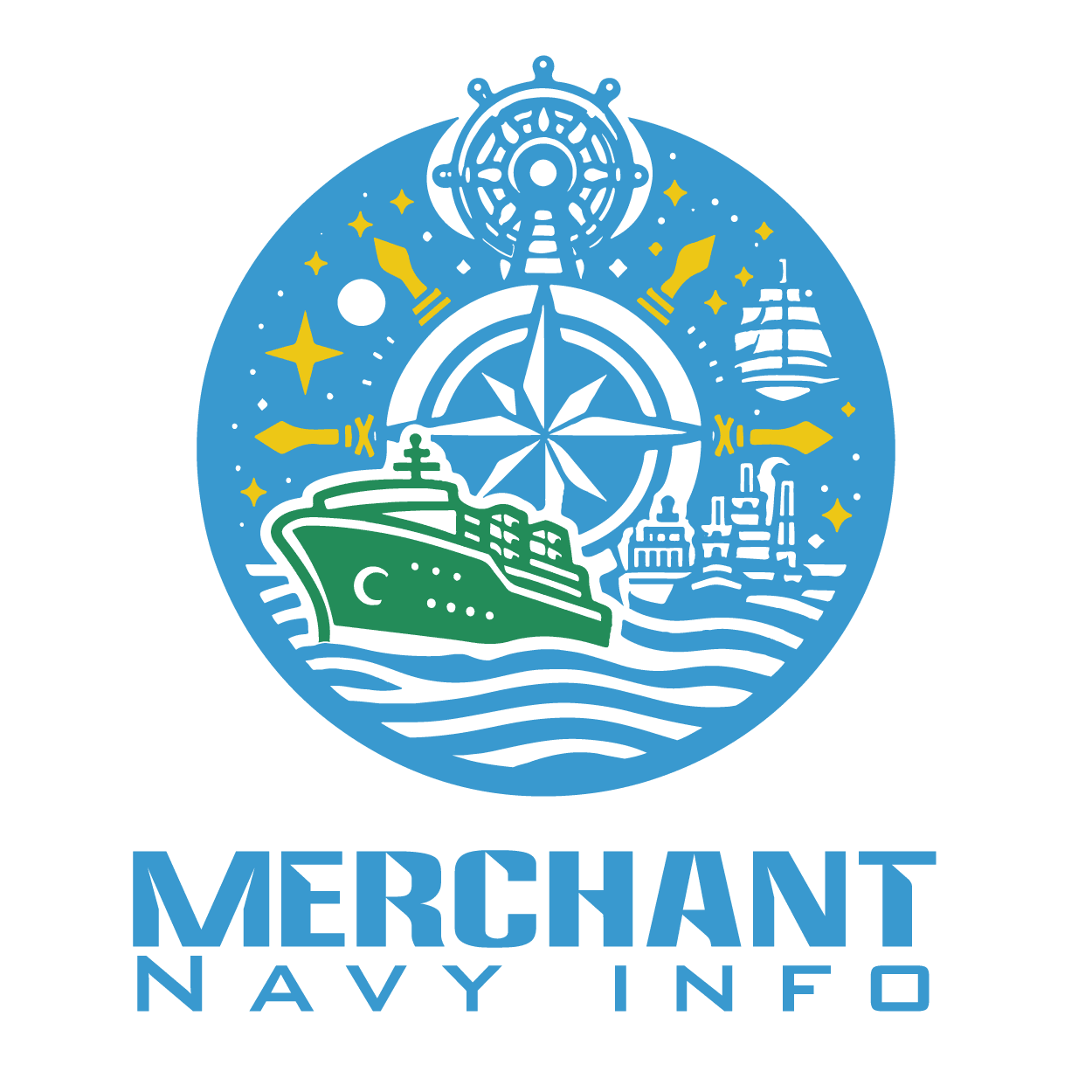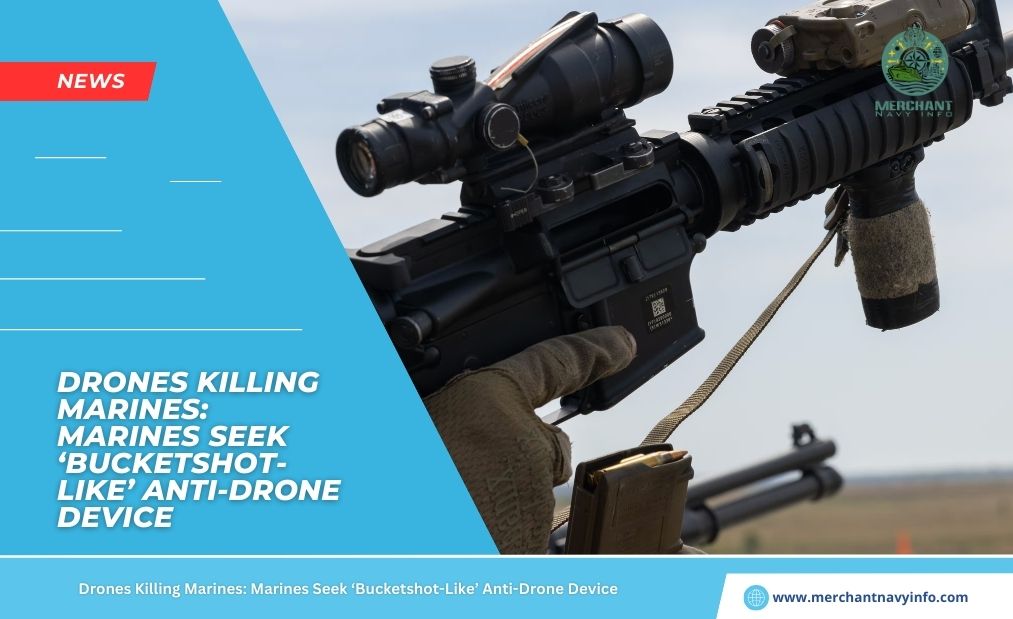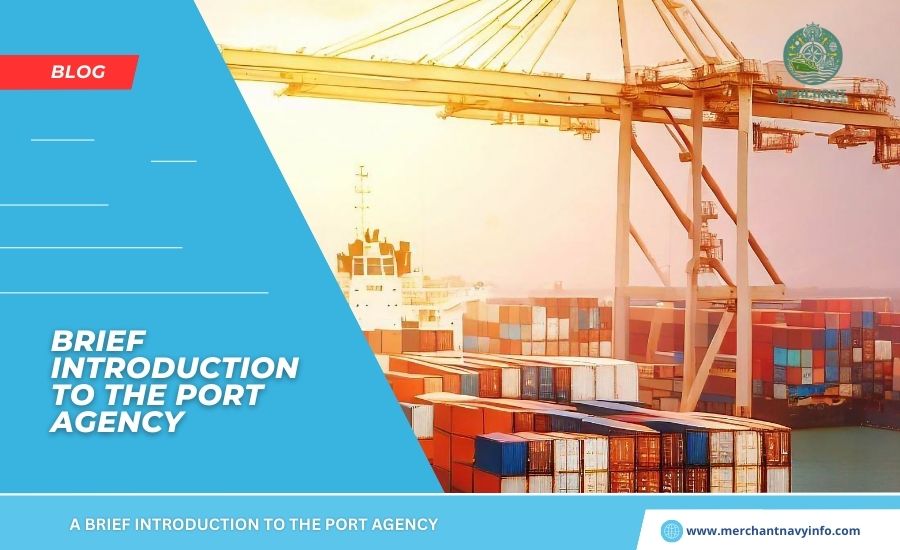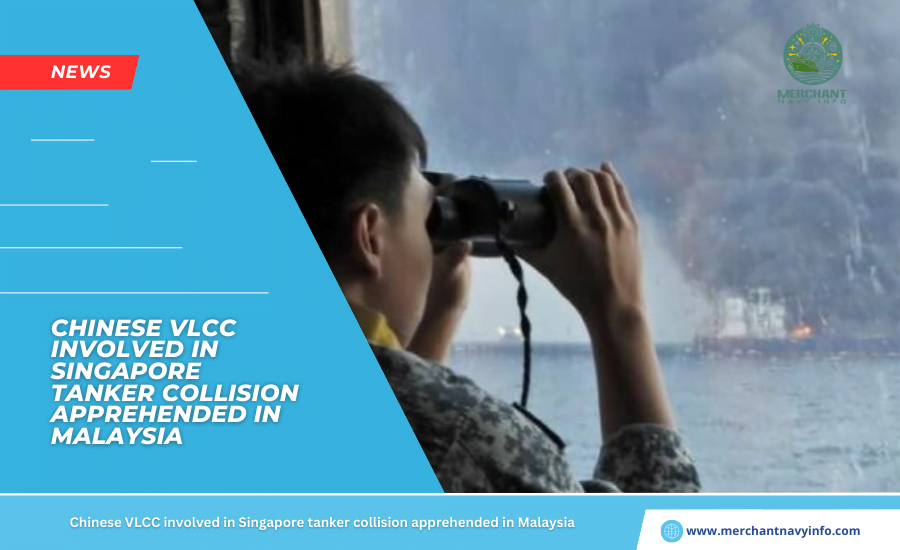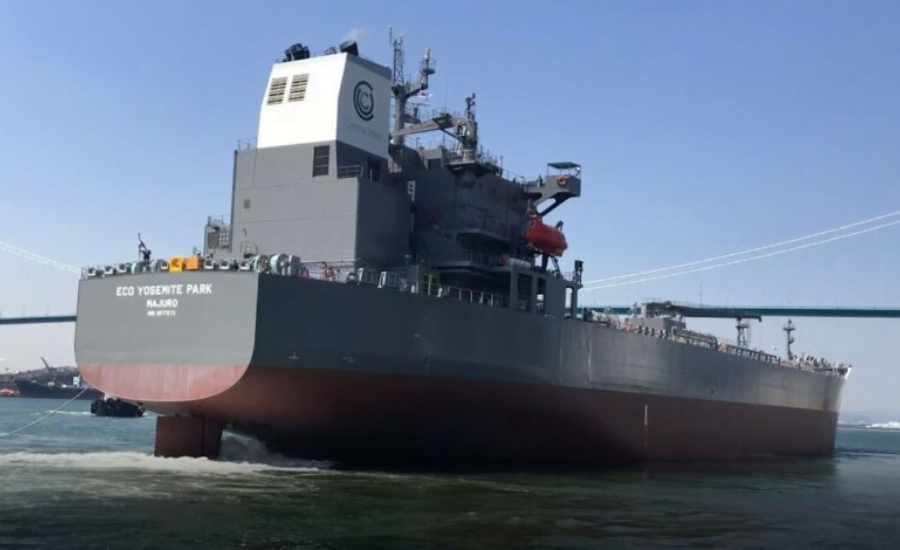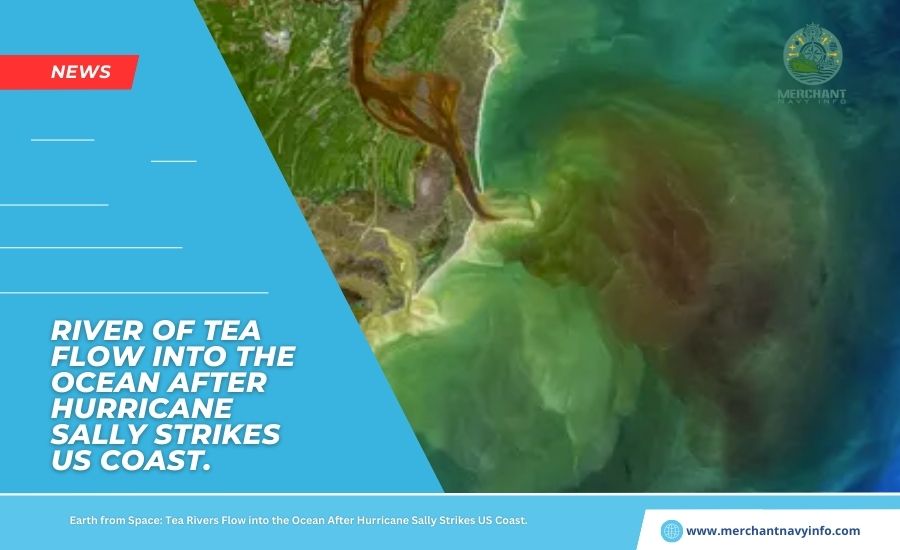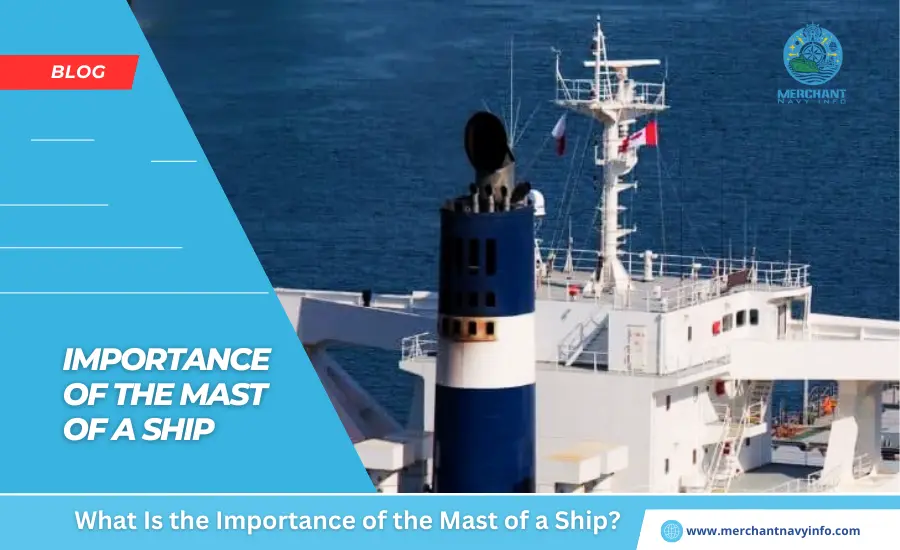
Masts in ships have had an evolving meaning in the context of mast in ship. Earlier, during the olden days, sail masts in ships were characterized by large flapping sails. It served as a mode of propulsion with the wind as power. These were supported by wooden supports known as masts. These were as high as the sails and sturdily built to support both wind loads and motions from the ships and rough weather conditions.
Slowly, these sail ships went from seas to the pages of history, and masts started to have a different meaning altogether. Thanks to the advent of technology and communications. These masts now have a different kind of importance in almost all modern sea-going vessels.
Purposes of mast in ship
- Acting as stands for light signals and beacons, also sound signals like horns.
- As radio transmission and telecommunication systems for capturing radio signals and acting as the communication tower for the vessels
- They are intrinsic parts of the navigation unit where the radar gives the exact real-time position of the vessel and geographical coordinates of nearby landmasses or traffic across hundreds of nautical miles range.
- They also help defend ultra-modern detection and search purposes.
The masts have evolved from simple mechanical supports to complicated electrical, electronic, and communication units for the safety and navigation of vessels during their voyage.
The detailed description of a modern-day ship mast is beyond the scope of this article, but the crux of design and the basic components can be briefly explained.
The mast in ship and parts
The truss structure:
It is the main steel structure on which all forms of equipment are housed. They are larger and heavier in defence vessels. The truss structure usually has a central structure that is tubular, cylindrical, or tapering in shape, depending on the size and complexity. They are mounted and attached to the topmost deck of the vessel above the superstructure/deckhouse, like the bridge deck or the wheelhouse top. They house the main powering and transmission lines as well. Secondary branchlike structures emanate from the main steel structure. Depending on the system’s complexity, one or multiple levels of such branches can exist. The antennas, lights and sound systems are often mounted on these branches.
The antenna:
The antenna is the most crucial part of any radio transmission system. On the one hand, sends out electrical signals or waves from the location as well as receives signals coming from external sources. For all practical purposes, this antenna is usually situated on these outward branches of the truss structure.
Radar:
After the age of compasses, radars are now the primary sources of navigation for any sea-going vessel. The radar electronically transmits the signals to the navigation bridge regarding the location of the vessel. The radar system is usually located at the highest point on the vessel. Superior forms of radars, like Very-high frequency or VHF, are employed on military vessels that have very high detection capabilities. In most modern ships, the radars are either X-band or S-band frequency radars. From a technical point of view, the radar system is electronically integrated with the ship’s navigation and detection system composed of radios, charts, sonars and other specialized underwater systems, emergency systems like SART, satellite communications, and GPS units.
Cables and power lines:
The interior of the mast is a complicated network of cables and power lines that supply power to the various systems on it as well as transmit electronic signals to and fro. Most of these lines are connected to the navigation bridge.
While we have briefly discussed the parts of the rudder, let us now look at the main aspects of its design from a structural point of view.
The main aspects of design philosophy
- Strength and durability: As it is always exposed and is subject to various weather phenomena as well as ship-induced motions, it has to be structurally sound. High grades of steel are usually used to build the truss structure. Aluminum and high-grade composites are also used in many designs. A finite element analysis is mostly carried out for the structure prior to fabrication and installation aboard.
- Vibration: This is also a very important aspect as the structural frequency to the expected loads and electrical frequency due to high voltage supplies need to be assessed against the natural frequencies of the ship structure to avoid resonance. Vortex-induced vibration is also taken into consideration these days as well.
- Fatigue: As the mast structure is expected to be throughout the service life of the vessel. The fatigue strength is also another critical aspect. It needs to be checked for the ‘life’ in terms of fatigue against the oncoming loads.
- Attachments and connections: This is a highly important part of the design process as the overall structure is heavy, houses many systems and equipment. It is attached or instead welded directly to the deck. So, the connections are checked at every point of attachment, ensuring that it can sustain all types of worst-case loads without faltering at the ends.
- Checking for localized hotspot stresses at joints, welded points, and intersections
- Corrosive effects due to continuous exposure to external weather.
Radar Insulation and Lightning Protection
Radars also have high-grade insulation systems to protect against lightning strikes. They are very common in vast stretches of the open sea, especially during inclement weather. These insulation systems take care of all the critical systems enclosed within the radar mast. They are connected to the vessel’s grounding system.
The electrical wiring and cables are also suitably designed and adequately insulated to prevent burnouts and short circuits. These might lead to massive onboard fires, especially during rainy seasons.
The radars are usually fitted on ships after the entire construction, and most electrical installations are completed. From a design point of view, radars comprise outfitting items. Most of the equipment/systems/devices present in the mast are classified for reliability under the COLREG or LSS (light sound and signal) guidelines . These guidelines are mandated by classification societies and IMO.
